+86-159 9860 6917
info@geofantex.com
geofantex@gmail.com
+86-400-8266163-44899
In the evolving landscape of civil engineering and environmental management, GeoNets has emerged as a cornerstone technology, revolutionizing the way we approach sustainable construction and erosion control. This popular science article delves into the intricacies of GeoNets, exploring their definition, applications, composition, and how they differ from similar solutions like GeoGrids. Through an engaging Q&A format, we aim to unravel the complexities of GeoNets, making this cutting-edge technology accessible to all.
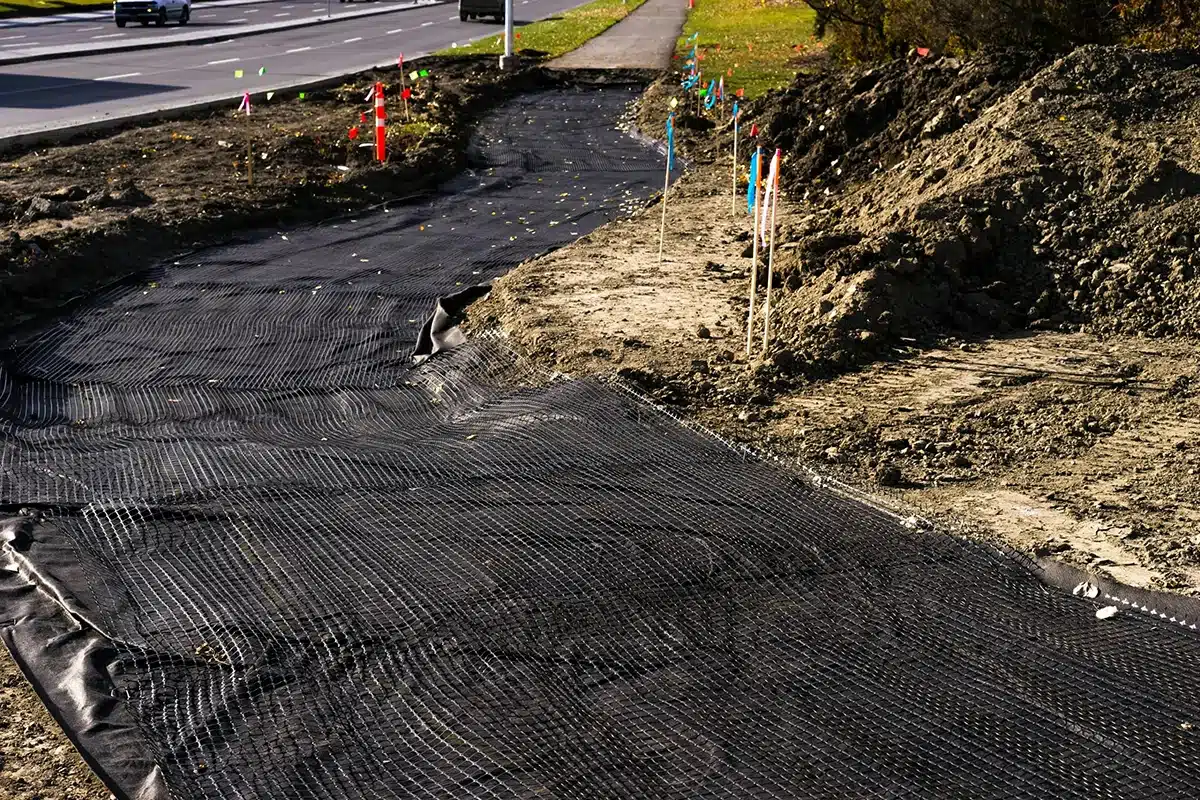
What is a GeoNet?
- Definition & Function: A GeoNet is a three-dimensional geosynthetic grid, usually made of high-density polyethylene (HDPE), designed to drain water or gas laterally beneath soil, geomembranes, or other layers.
- Structure: Bi-planar or tri-planar mesh forms a strong, flexible net-like core.
- Primary Uses: Acts as a drainage layer in landfills, roads, retaining walls, tunnels, foundations, and green roofs, preventing water buildup, gas accumulation, and soil instability.
- Difference from Geotextiles: While GeoNets focus on lateral drainage, geotextiles provide filtration, separation, and reinforcement; often used together to enhance performance.
What are the uses of GeoNets?
GeoNets, three-dimensional grids made of plastic materials, serve a multifaceted role in modern engineering and environmental management, primarily to provide drainage and reinforcement in various construction projects. These applications are critical in ensuring the structural integrity and operational efficiency of infrastructure.
- Drainage: In their capacity for drainage, GeoNets are commonly used in drainage systems, landfill liners, and caps, providing a pathway for leachate and gases to escape. This functionality prevents the buildup of pressure and enhances the landfill’s operational longevity, demonstrating its versatility across different types of infrastructure projects.
- Erosion Control: GeoNets also play a pivotal role in erosion control by stabilizing soil on slopes. This is particularly important in protecting landscapes and infrastructure from soil erosion caused by water runoff, showcasing their utility in maintaining environmental and structural integrity.
- Reinforcement: In the realm of reinforcement, GeoNets are integral to road construction, where they reinforce the soil. This improves the stability and load-bearing capacity of the roadbed, illustrating their importance in ensuring the durability and safety of transportation networks.
- Environmental Protection: Furthermore, GeoNets are crucial in environmental protection efforts. They are employed in retaining walls, among other areas, to filter runoff water, thus protecting water bodies from sedimentation and pollutants. This highlights their significant role in preserving natural resources and promoting sustainable development.
Through these applications, GeoNets demonstrate their essential function in drainage systems, retaining walls, landfill liners, and other infrastructure projects, underscoring their value in modern engineering and environmental management.
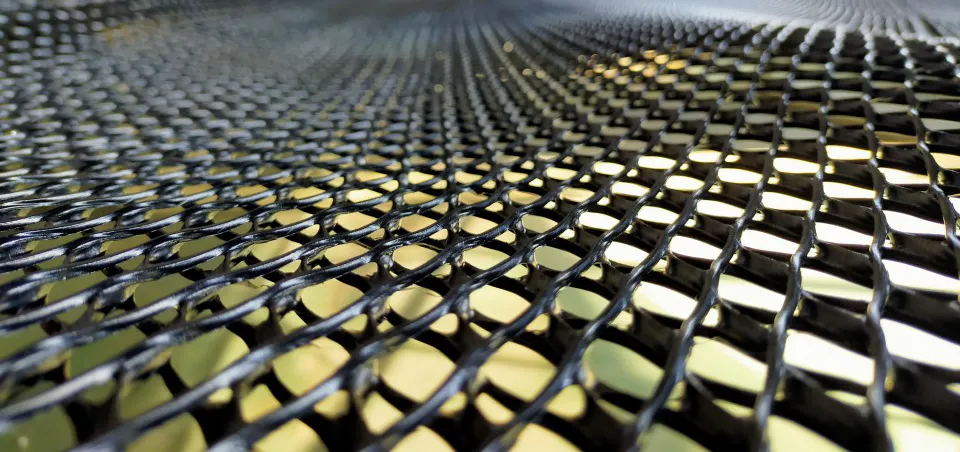
What is a GeoNet made of?
A GeoNet, often referred to in the context of geosynthetics or geological networks, is typically made up of high-density polyethylene (HDPE) or polypropylene. These materials are designed to be durable, corrosion-resistant, and stable over a wide temperature range. The GeoNet structure usually consists of three-dimensional polymeric layers arranged in a grid-like configuration. Key components include:
- Primary Grid Layers: These are the structural layers providing the primary strength and support.
- Nodes/Intersections: Points where the grid layers intersect, which form a robust network to distribute loads.
- Filtration Layer (optional): In some designs, a geotextile layer is added for filtration, separating different soil layers.
These components are designed to work together to control erosion, manage fluid movement, or reinforce soil structures in various civil engineering projects.
How do GeoNets Enhance Soil Stability Compared to Traditional Solutions?
- Soil Reinforcement: GeoNets provide a three-dimensional network that distributes loads more evenly across soil layers, enhancing the strength and stability of embankments, roadbeds, and foundations.
- Erosion Control: Unlike traditional methods such as compacted gravel or soil blankets, GeoNets actively stabilize slopes by reducing soil displacement during heavy rainfall or surface runoff.
- Water Management: The lateral drainage capability of GeoNets prevents water accumulation, reducing hydrostatic pressure and mitigating risks of soil liquefaction or settlement.
- Compatibility with Other Geosynthetics: GeoNets are often used with geotextiles or geomembranes to create a composite system that combines filtration, separation, and drainage functions, which is more efficient than single-layer traditional solutions.
- Long-Term Durability: Made from HDPE or polypropylene, GeoNets resist corrosion, chemical degradation, and temperature variations, ensuring sustained performance in civil and environmental projects.
By enhancing load distribution, controlling water flow, and preventing erosion, GeoNets outperform many traditional soil stabilization methods, making them a reliable and sustainable solution in modern engineering.
GeoNets represent a pivotal innovation in geosynthetic engineering, offering versatile solutions for drainage, erosion control, and soil reinforcement. Made from durable materials like HDPE and polypropylene, GeoNets are designed to withstand harsh environmental conditions, providing a sustainable option for modern construction and environmental protection. Understanding the differences between GeoNets and similar products like GeoGrids is crucial for selecting the right material for each specific application. As we continue to embrace these advanced technologies, the potential for sustainable development and environmental preservation becomes increasingly attainable.
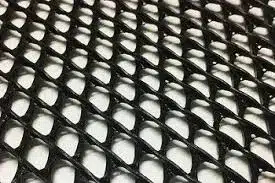
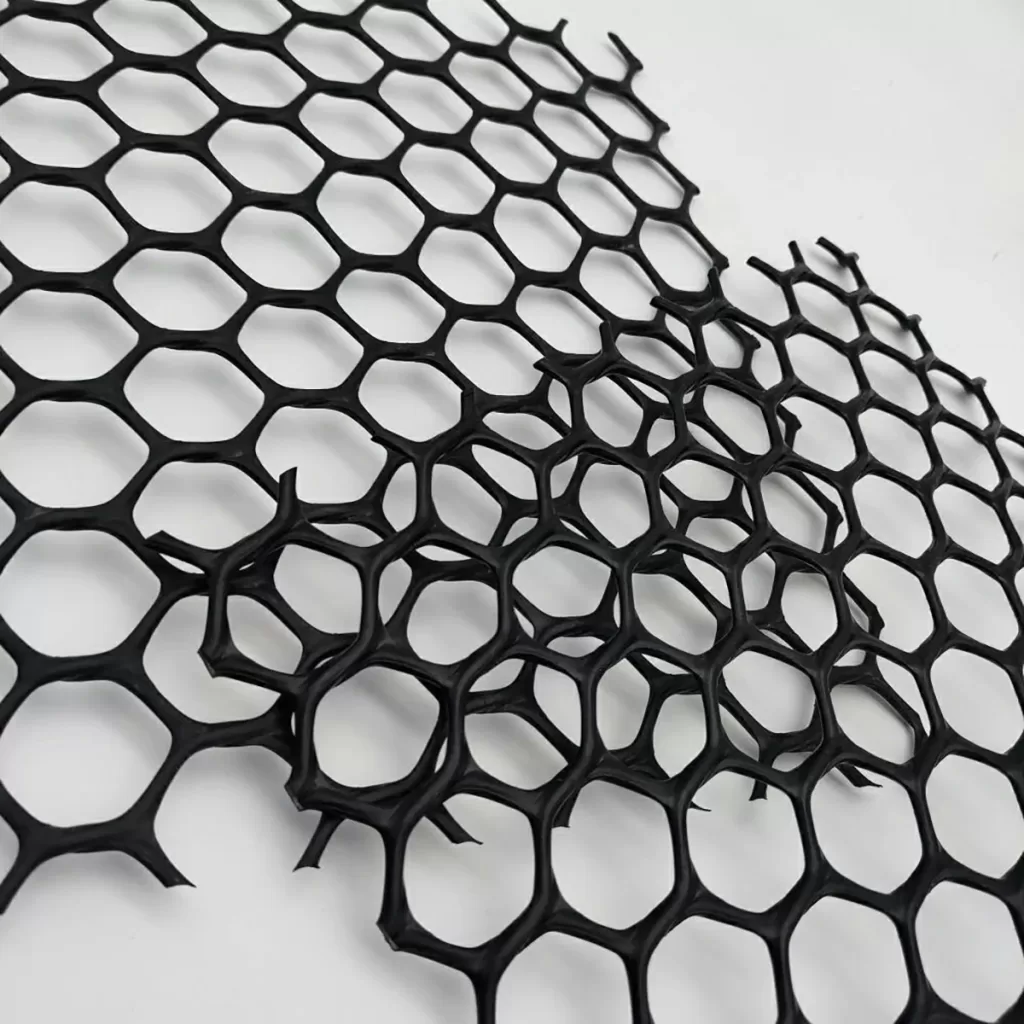
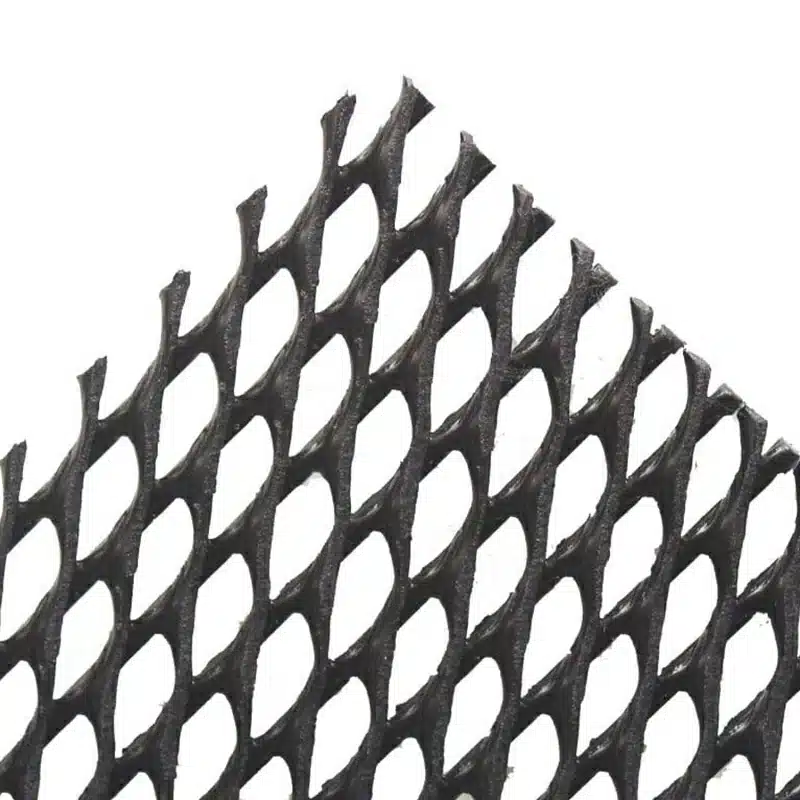
Get Free Sample
We’ll respond as soon as possible(within 12 hours)






















